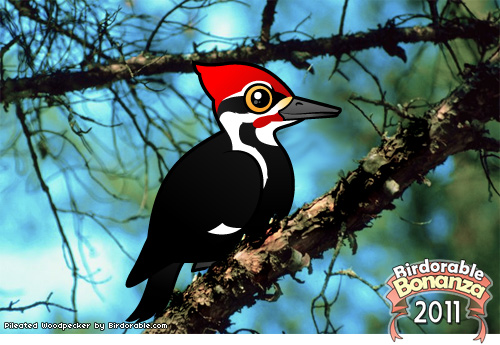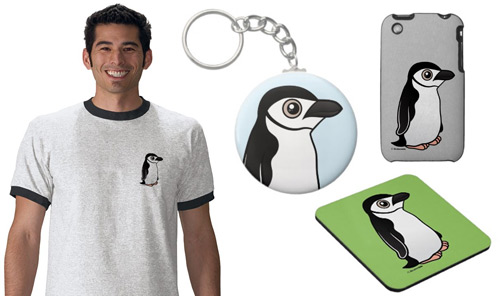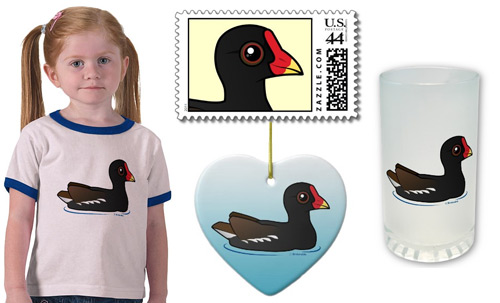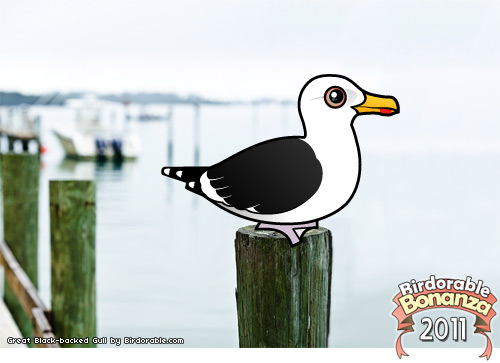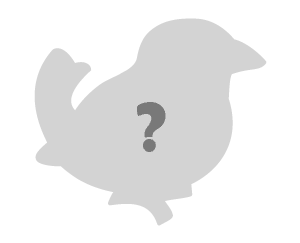This winter is shaping up to be an irruption season for Snowy Owls into northern parts of the United States. There are several maps being maintained which show the locations where these large white diurnal owls have been found, including the great site where anyone can record all of their bird sightings, eBird. The map below shows a portion of a collaborative Google Map of Snowy Owl sightings. If you click the map you can see a wider view.
View Snowy Owls in the Upper US and Canada, 2011-12 in a larger map
Often an irruption of Snowy Owls south of their normal range indicates a decline in the lemming population in Canada. However, lemmings have been doing very well this year and because of that, so have their predators. It seems Snowy Owls had a very good breeding year; many of the "southern" owl sightings have been of young birds. The irruption may be due to lack of hunting territory rather than a lack of food. So the owls are spreading out and moving south. Have you seen a Snowy Owl yet? This winter just might be your chance! Be sure to check out our collection of cute Snowy Owl apparel and gifts. We have a brand new spoof design featuring our Birdorable Snowy Owl: got lemmings?











